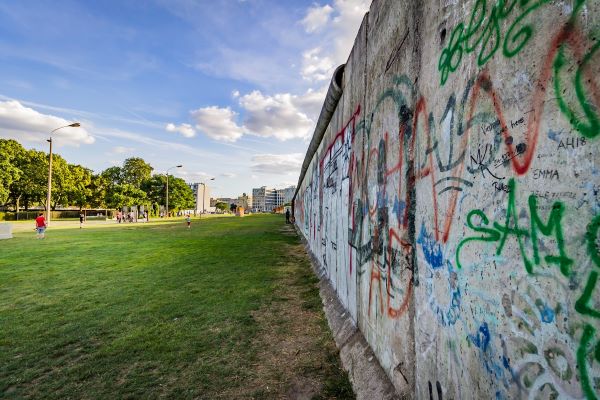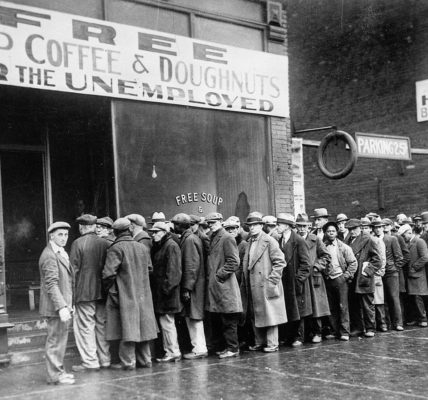When we are divided as people, things tend to get heated, from arguments to actual physical conflict. Things were at some points much worse. Following World War II, Germany was not the place to be. The Allied branch of the United States, the UK and France each had their own part of controlling Germany and Berlin. On the other hand, you had the Soviet Union which also had a large part of Germany under its belt. Tensions between the West and Soviet Union existed for a while, at the time, but they started getting worse towards the 1960s, which ended up with the Berlin Wall being built. What is its significance, especially its fall? Let us look back at the history of the wall.

The Building of the Wall – Tensions Rising
East Germany, or rather, the German Democratic Republic, was under strict management from the Soviet Union. Many citizens wanted to emigrate to West Germany and many succeeded. The reasons for emigration were poor living conditions and the fact that West Germany was getting lots of Allied support, part of their plan to get the country back on its feet after a devastating war.
The Soviets did not want to invest much money into reconstruction, which ended up with lots of people emigrating. As one can expect, the Soviets did not want to lose people, particularly scientists, which resulted in the construction of the Berlin Wall in 1961.
The Significance of the Wall – East/West Border
A 155 kilometers long wall was built to keep people from getting across. The wall had many parts to it, concrete, wires, anti tank hedgehogs, dog patrols, multiple bunkers, watchtowers, even electrified fences. A part of the wall had a smooth pipe at the top, which made climbing more difficult. Climbing was just a part of the problem, with there being many armed patrols, particularly from the Soviet side.
The Wall presented a division between the East and West, basically the embodiment of the Iron Curtain. Many people, mostly citizens, were killed attempting to cross the wall.
The Fall – People Uniting Once More
The 1980s put a lot of strain on the Eastern Bloc. Most of the countries started showing signs of dissolution, particularly because the Soviet Union failed to take care of its many satellite countries, as well as their own countries. Poland, Hungary and many more countries showed signs of moving away from the communist grip. Albania, Romania and many more countries joined. This led to the wall being officially opened for crossing for everyone on November 9 1989. Its official deconstruction was started on June 13 1990.
The fall of the Wall meant that Europe was ready to be united and that people were free to travel from one country to another and explore the world.





